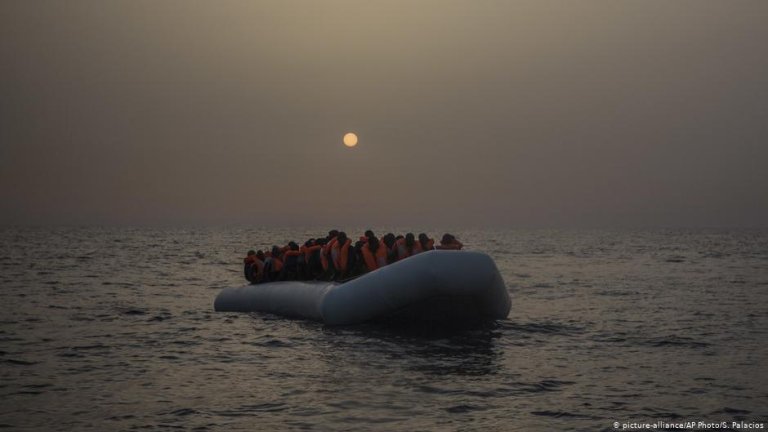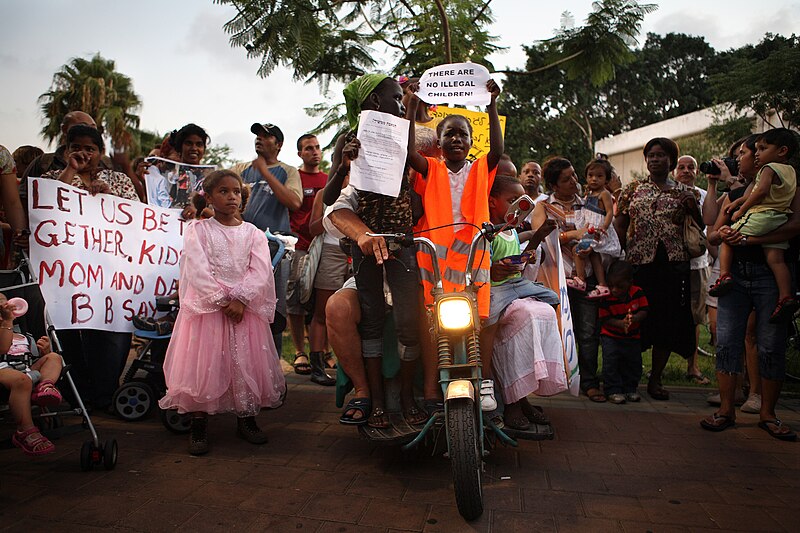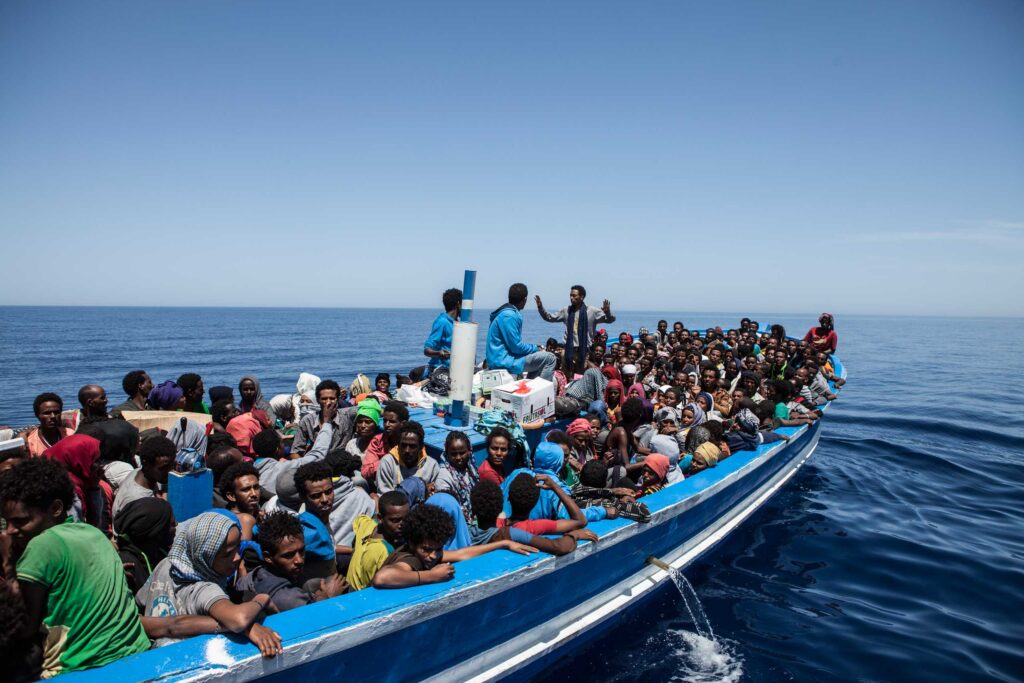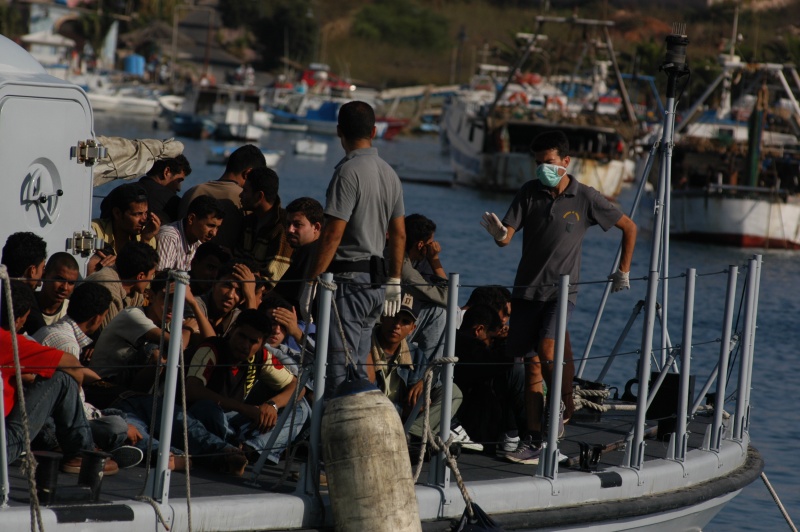The ACSRM aims to enhance understanding of the various causes, drivers, and patterns of human smuggling; its impacts on migrants and the families left behind, the origin, transit, and destination countries; the migratory routes used by smugglers; and the anti-smuggling policies and measures. The ACSRM reflects on the complex relations between smugglers, the State, communities, and the globalized market. The ACSRM aims to better understand the actors involved in the smuggling process. It aims to enhance understanding of the various networks (local, national, translocal, transnational, regional, and international) involved in the human smuggling processes. It also reflects on the complex nexus between smuggling and livelihoods as both smugglers and the smuggled consider smuggling a livelihood or resilience strategy, albeit illegal and risky. It also seeks to improve understanding of the conditions of smuggled persons, often confronting exploitation, human rights violation, violence, and abuses by smugglers and policies to address their vulnerabilities and ensure their human rights, well-being, and protection.
Human smuggling across international borders is becoming a global challenge. Strengthening international cooperation and legal instruments can help to respond to the challenges of migrant smuggling. There is a need to address the root causes of irregular migration to prevent trafficking and smuggling of migrants. Expanding opportunities for legal migration and strengthening awareness-raising efforts on the risks of migrant smuggling can help to prevent migrant smuggling. Fighting against migrant smuggling requires strengthening efforts related to the identification of migrant smuggling cases, the investigation and prosecution of migrant smugglers and protection of smuggled migrants’ rights.




